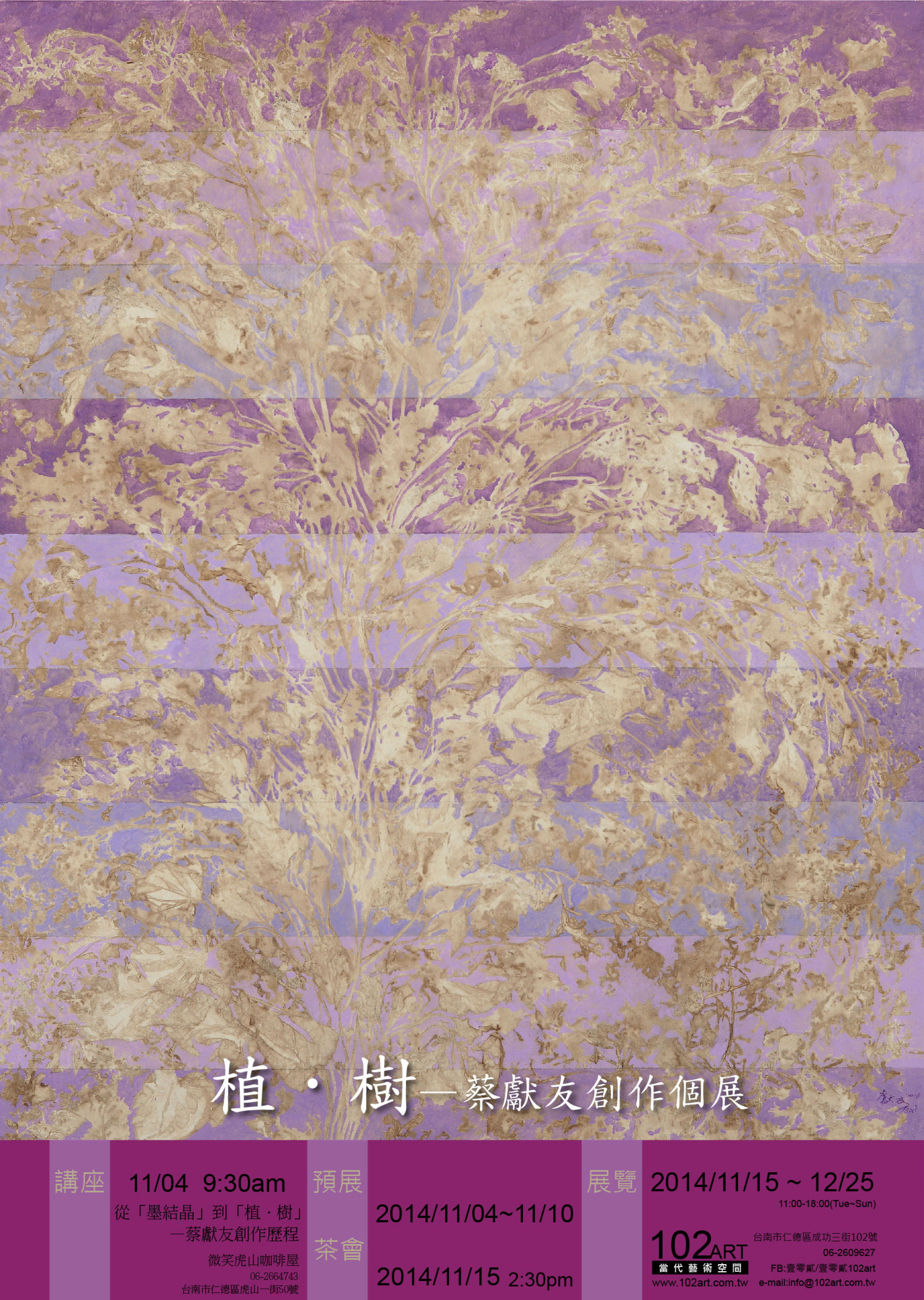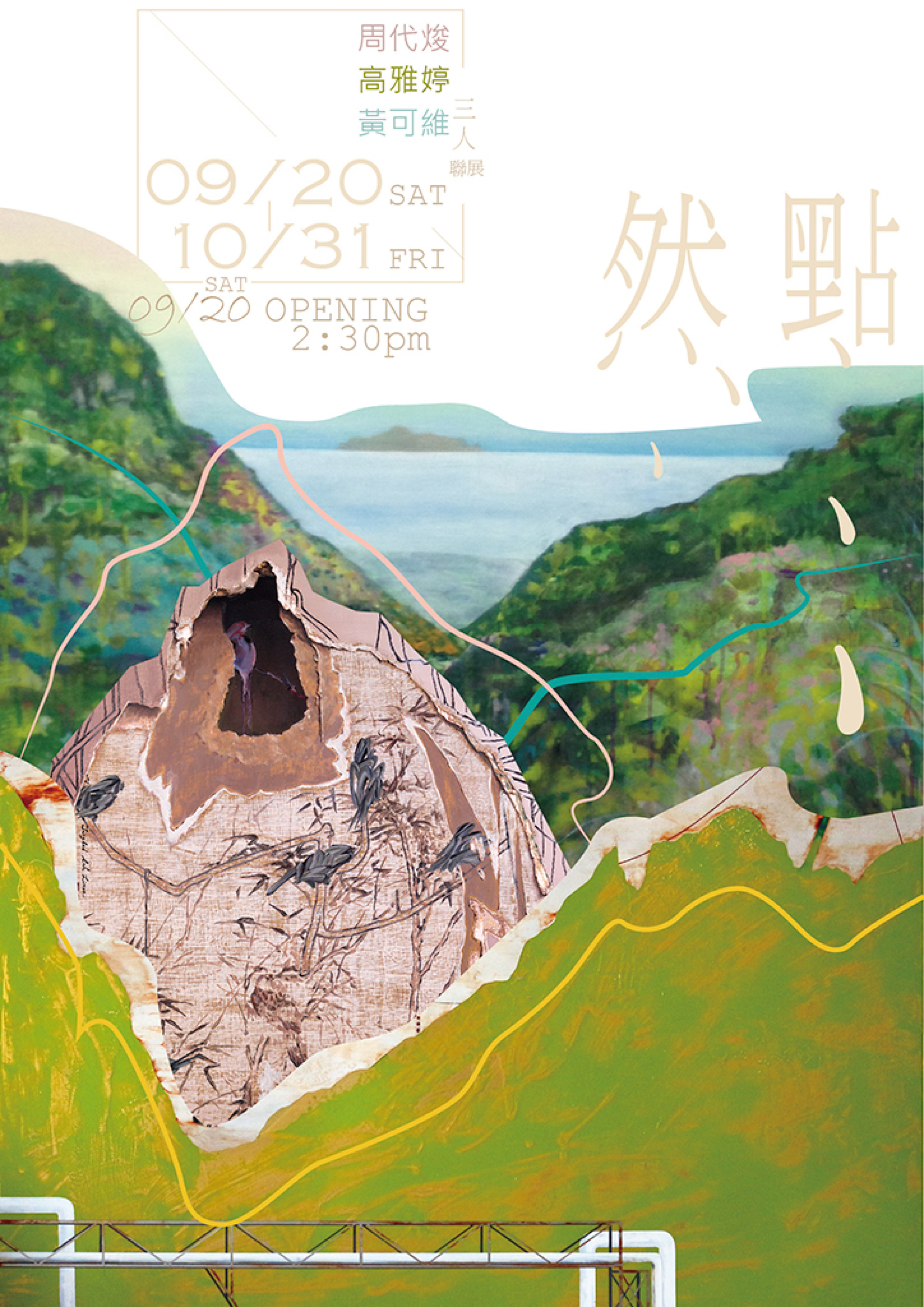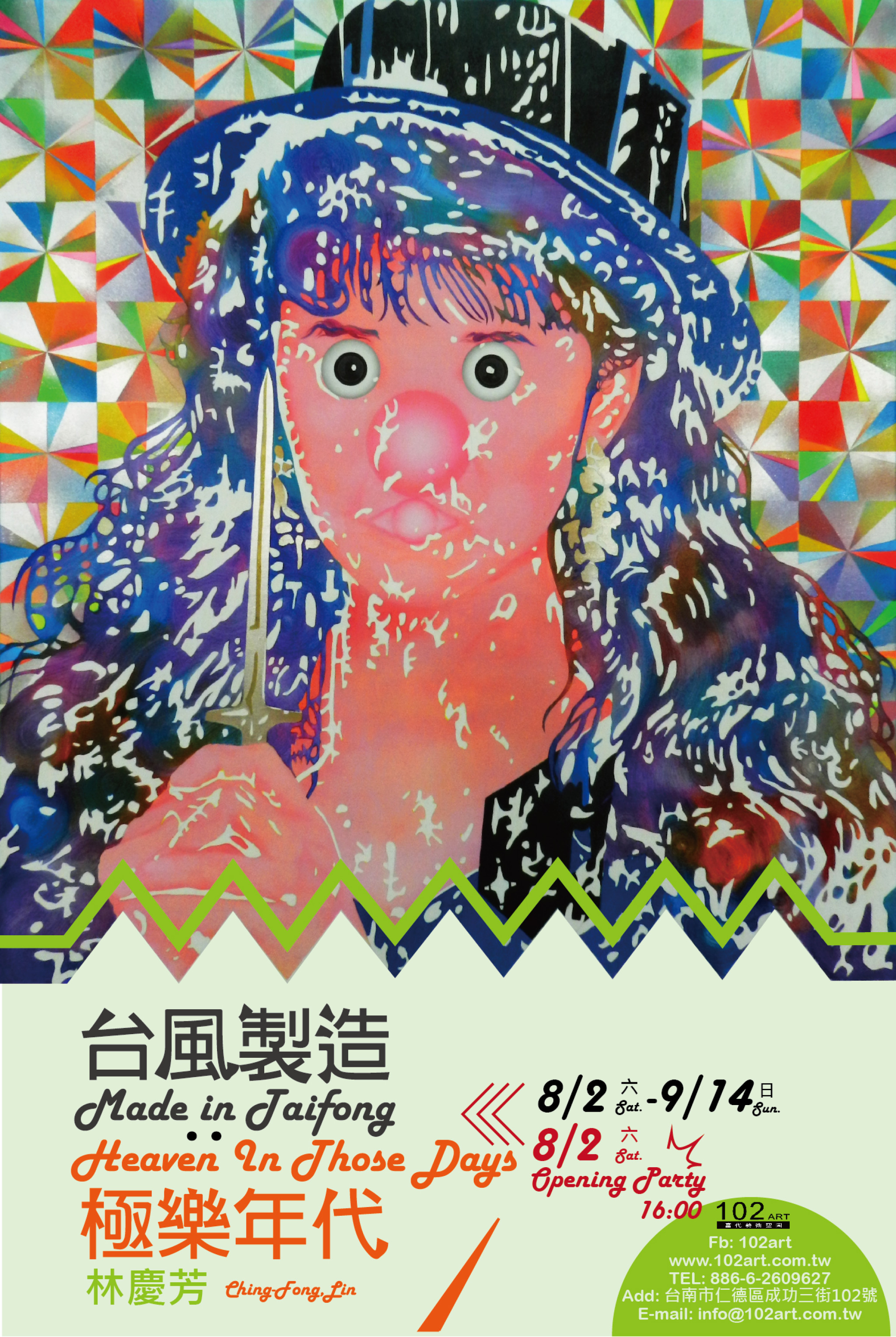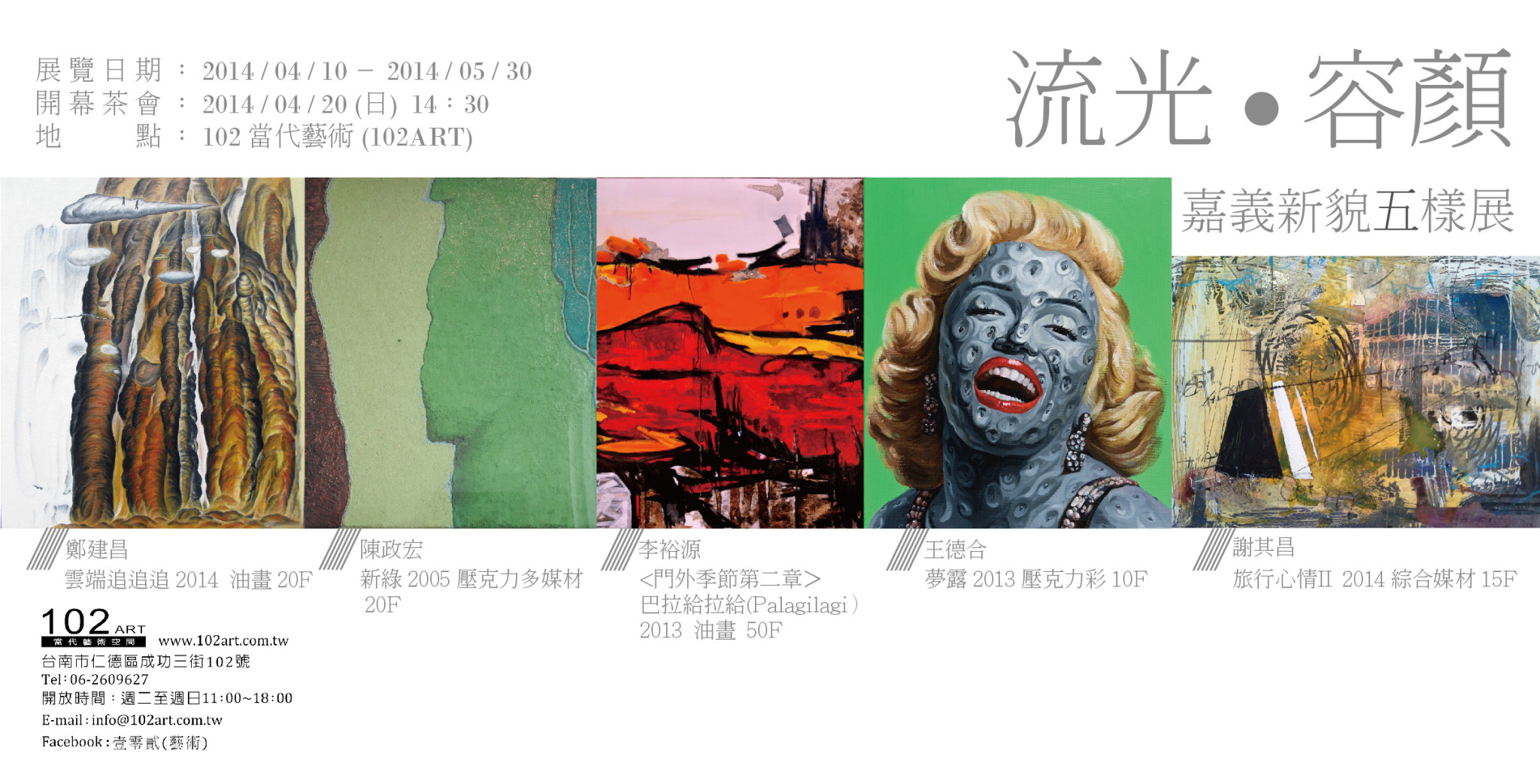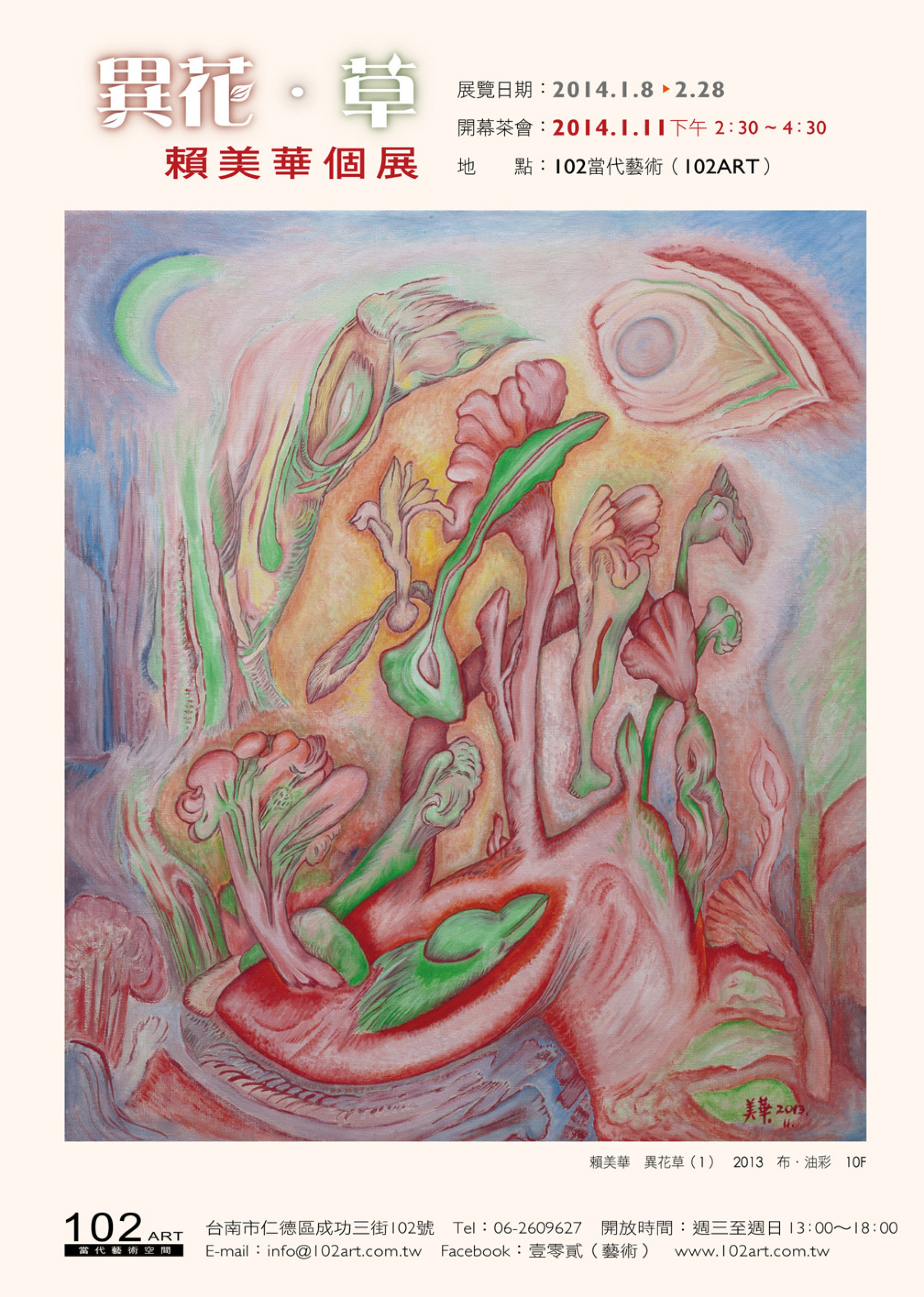‘Trees, Planting’ – Tsai Hsian-Yiu solo exhibition
Exhibition period: November 20 to December 25 2014
Location: 102 Art, Tainan.
‘Trees, Planting’ – in my visual work, I grow trees from falling leaves.
Goethe said: ‘I must tell you discretely that I am already very close to the secret of the creation of plants, and this is undoubtedly the most simple thing in the world. The archetypal plant as I see, it will be the most wonderful creation in the whole world, and nature herself will envy me for it. With this model and the key to it, one will be able to invent plants [...] which, even if they do not actually exist, nevertheless might exist and which are not merely picturesque or poetic visions and illusions, but have inner truth and logic.
In the science fiction film Avatar, there is a ‘home tree’ which is the source of all life on the planet. The ‘home tree’ contains the essence of the world. The plot of the film is not literally true of course; it is a work of imagination, but a kind of imagination rooted in natural philosophy.
Goethe shared with us his secret of plants, which appears to embrace the internal laws of nature. Goethe’s relationship with plants is not merely that of a relationship between a human being and his external world, but comes direct from his conscious awareness of the essence of plants, which for him is an unchangeable norm; in turn this unchangeable norm can be experienced and grasped through personal intuition. Goethe thought the external form of plants were only a surface matter of appearance, and that we must look deeper into their essence to encounter their nature. He also speculated that all plants might have evolved from a single source.
Goethe’s intuition drew him to conclude that the various parts of plants that we see are essentially constructed through metamorphosis of the plant’s essential organ, the leaf, so he constructed the notion of plant archetypes. These plant archetypes represent an extremely powerful energy, the basis of the plant’s many changes. So ‘one leaf is one tree! One tree is one leaf.’ All plants are seen by Goethe as representations of an essential plant archetype, which itself allows nature to create all sorts of clever shapes that can go on to carry meaning.
Though the inspiration of trees and leaves, I started to ‘plant (meaning paint) through leaves’, and so comes this exhibition, ‘Trees, Planting’. For me, in this series, leaves provide an insight into the lives of plants, and into metamorphosis in nature. They give me all kinds of real feelings. I ‘planted’ the falling leaves on the canvas and made them ‘return’ in form to become trees once again. Through this exercise, falling leaves were no a source of sorrow, but instead were at the heart of a positive narrative. The ‘Trees, Planting’ series is about soul and idea. Falling leaves ‘planted’ trees on each canvas, almost as if a sapling was planted in my mind and body. The image of tree on the canvas is a projection of a tree from the mind.
‘Trees, Planting’ is a reflection of a previous series, ‘Falling Leaves’. The image I tried to create in ‘Falling Leaves’ was of power that came from the deep silent rhythm of nature. Both series can be traced to an even earlier series, which is entitled ‘Leaves Fall on White’. This series allowed me to get close to nature and reflect on my life, the moment at which I restarted the power of my mind. It was a journey from external materials (shape – form – physical form) to mind (leaf – tree – body – sense – situation – presentation – revelation – transcendence).
